Review round-up: Russian fuzz pedals
Four updated takes on the Green Russian Big Muff from Electro-Harmonix, EarthQuaker Devices, Way Huge and Cog Effects
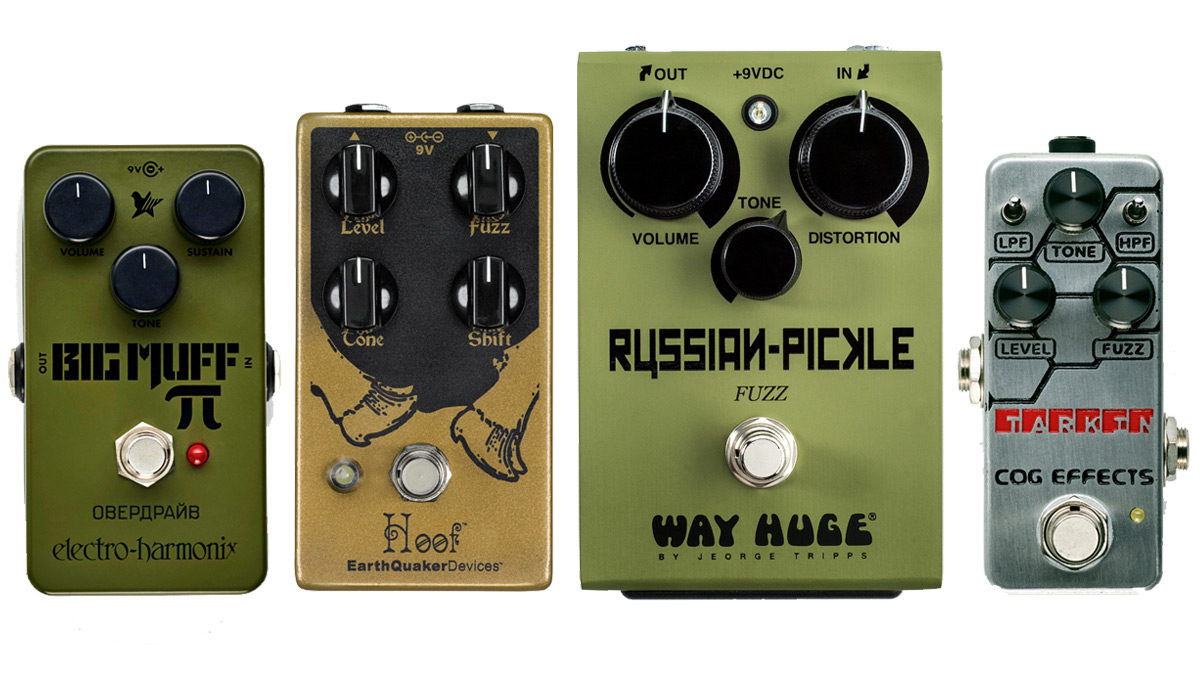
The Green Russian Big Muff Pi, that was produced in the early 1990s by EHX’s sister company Sovtek, is widely credited with turning around the fortunes of the then-ailing company.
The legend goes that the units were housed in materials taken from scrapped Russian tanks and they were legendary for switch faults and the lack of power jacks. Nevertheless, the Green Russian Big Muff Pi came to be highly prized for a generation of players who were looking for an alternative to the thinner, brighter NYC Muff fuzz sound.
In standard tuning, these coveted fuzzes deliver robust highs and fat bass, while in drop tunings they’re instant stoner and doom riff machines.
So do these modern reissues deliver on that formula? Let’s find out…
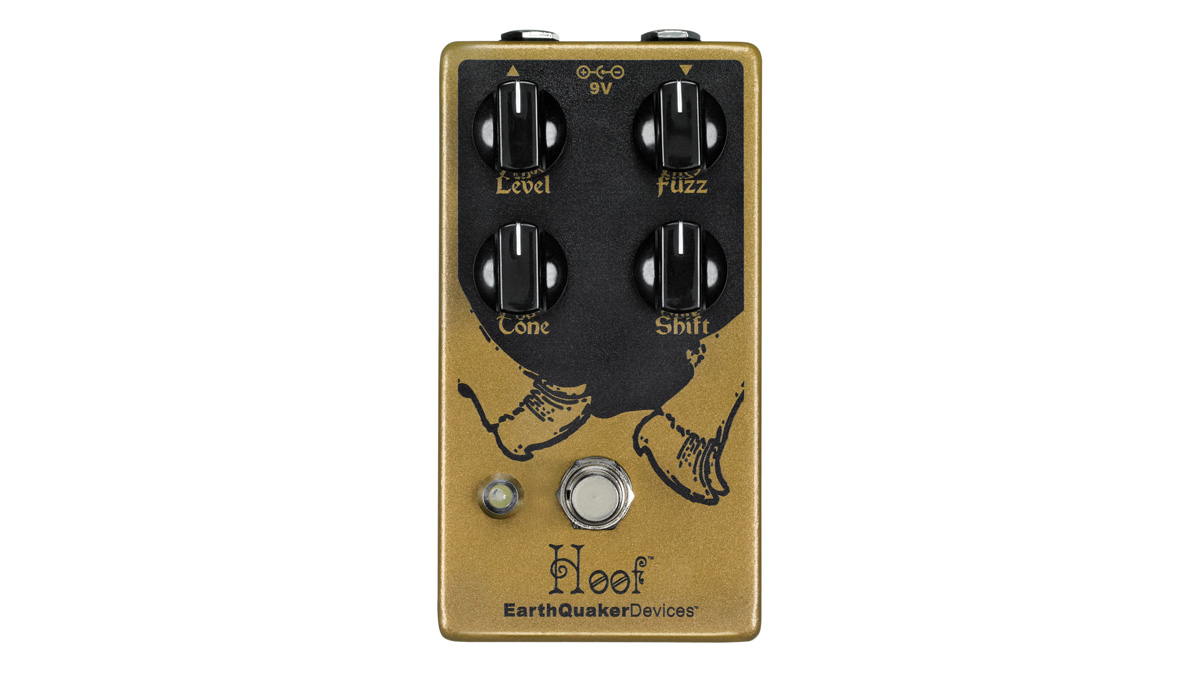
EarthQuaker Devices Hoof V2
Although based on the Green Russian circuit, the EarthQuaker Hoof eschews the silicon transistors of the original for a hybrid design using both germanium and silicon.
This results in a woolier tone with less treble content and no ability to conjure squishy octave artifacts that you’d normally associate with the Fuzz Face circuit. The tone sweep is very usable, particularly when paired with the shift control: a mids pot in the style of the AMZ tone control, one of the most famous DIY mods for the original.
Being able to tame the mid scoop, or add extra bite brings a new dimension.
4 out of 5
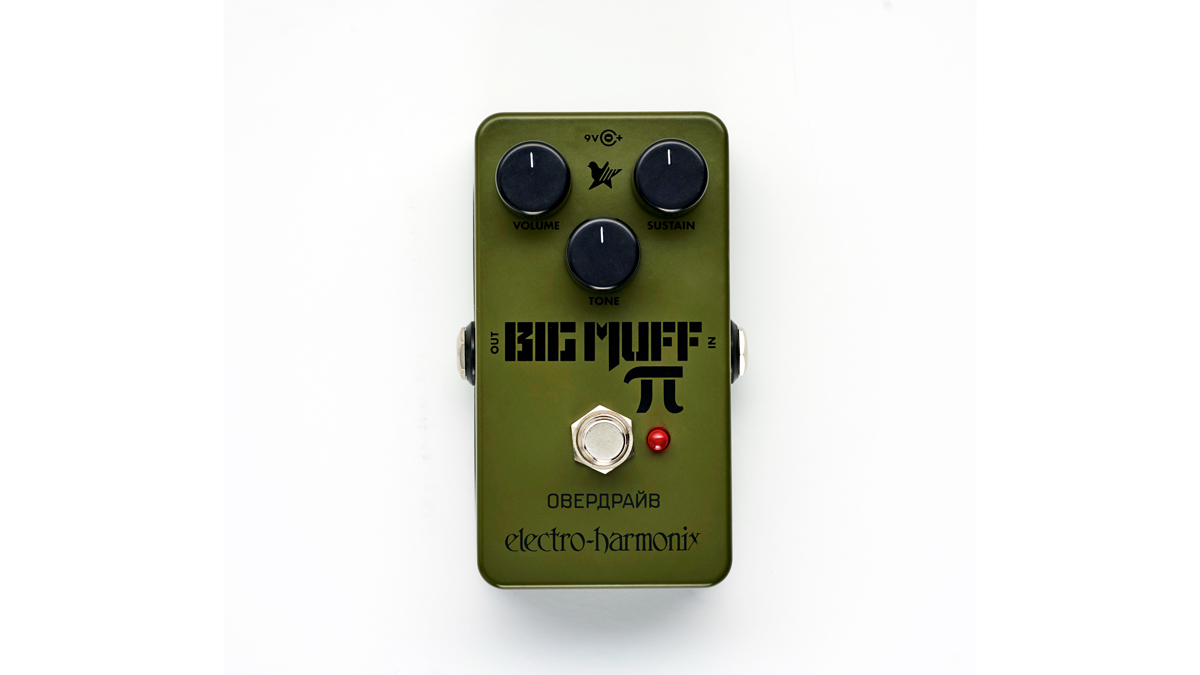
Electro-Harmonix Green Russian Big Muff
Given the number of modifications, clones and evolutions of the original, you’d expect to find the reissue prosaic by comparison, but though there are no bells and whistles, diming the sustain control and then sweeping the tone from left to right gives immediate access to the fat stoner tones, thick grunge and lo-fi, slacker-style treble scratch that have ensured the legacy of the original.
The rock-solid build quality, added to its svelte form factor and attractive price point, make this pedal hard to resist.
5 out of 5
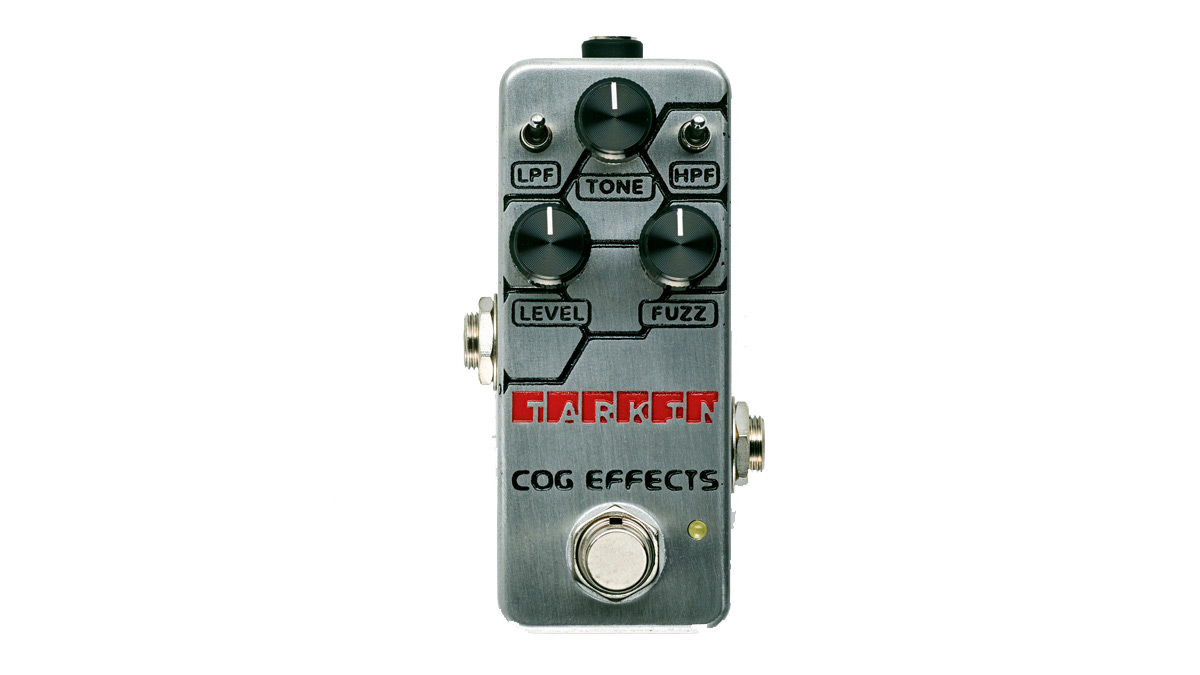
Cog Effects Tarkin Fuzz
Although this purports to be the same circuit that the EHX reissue is based on, when settings are compared side-by- side it’s noticeably less scooped in the mids and tighter overall in the bass frequencies, arriving at a sound that’s closer to modern adaptations of the original circuit that bring the mids forward.
With the mids more present, it’s more like a distortion at times than the classic Big Muff fuzz tone, but the sounds are in the ball park, with additional low and high pass filters useful for altering the tonal scope of the pedal.
Not for the purists, but for big, focussed riffing it’s hard to beat.
5 out of 5
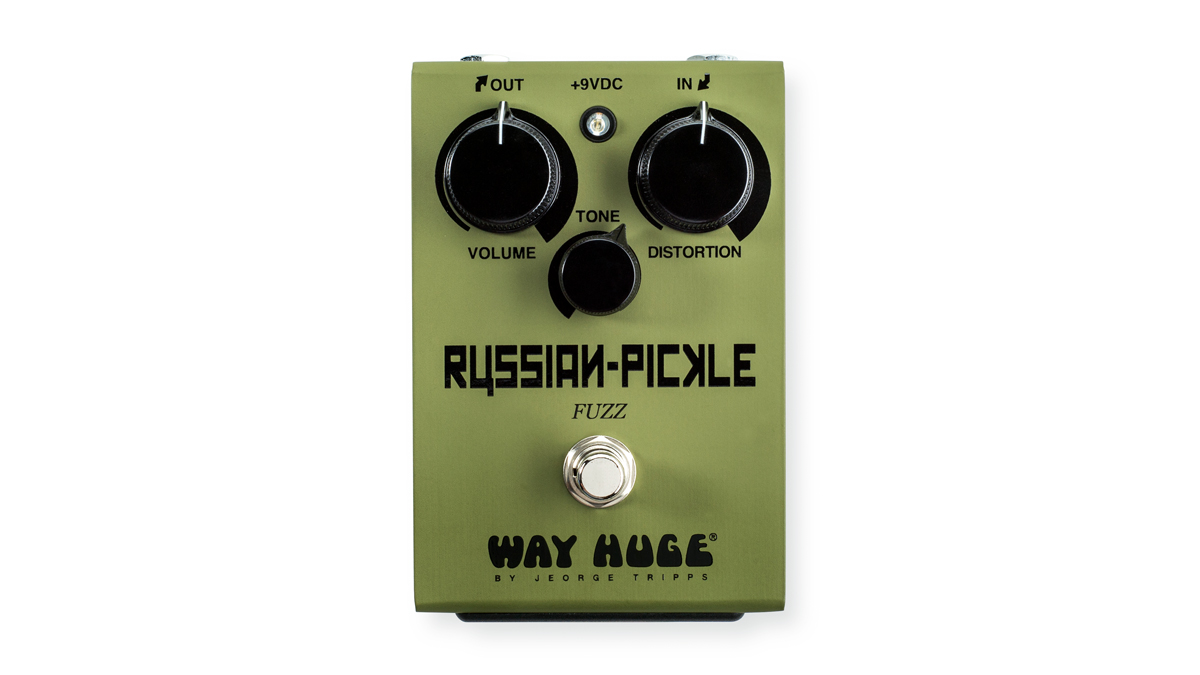
Way Huge Russian Pickle
Based on the so-called ‘tall font’ version of the Russian Big Muff, the Way Huge Russian Pickle has probably the most pronounced bass response of the four reviewed pedals on this page, offering thick bass and a punishing amount of fuzz and volume on tap.
With the tone rolled up there are brighter sounds on offer, but it’s a little bit of a balancing act to find the sweet spot between treble sizzle and bass thump.
Stoner rockers will no doubt delight in the syrupy, legato sustain, but grunge fans might find it a bit on the looser side, especially when in dropped tunings.
4 out of 5
Alex Lynham is a gear obsessive who's been collecting and building modern and vintage equipment since he got his first Saturday job. Besides reviewing countless pedals for Total Guitar, he's written guides on how to build your first pedal, how to build a tube amp from a kit, and briefly went viral when he released a glitch delay pedal, the Atom Smasher.


